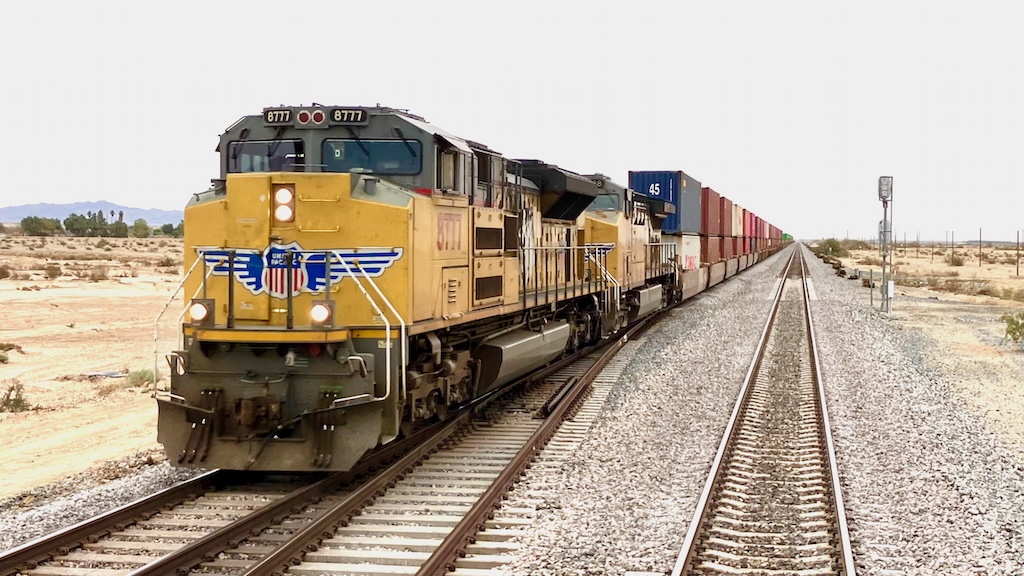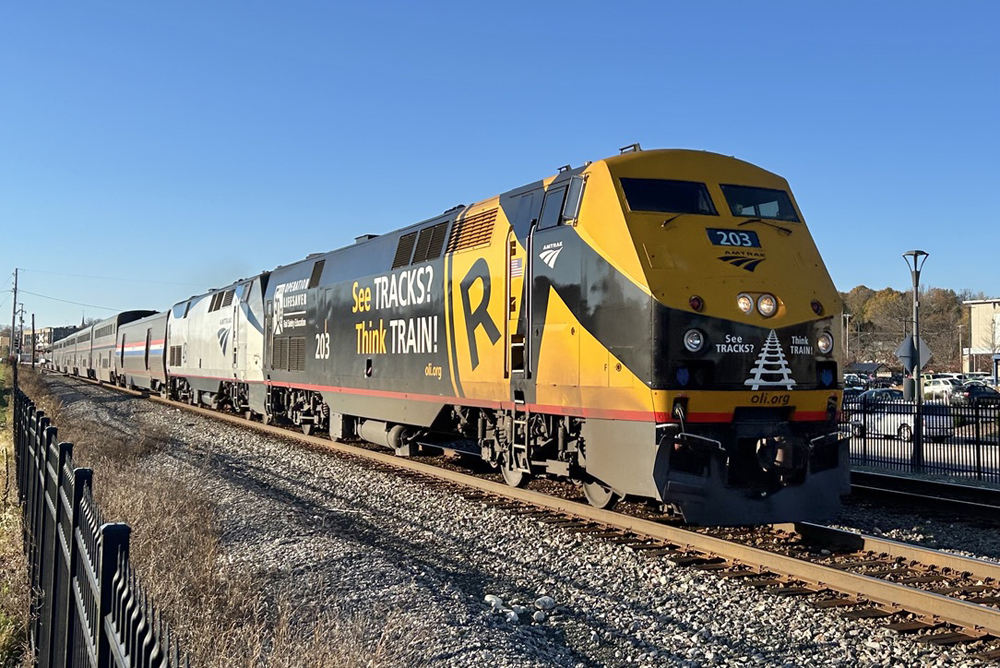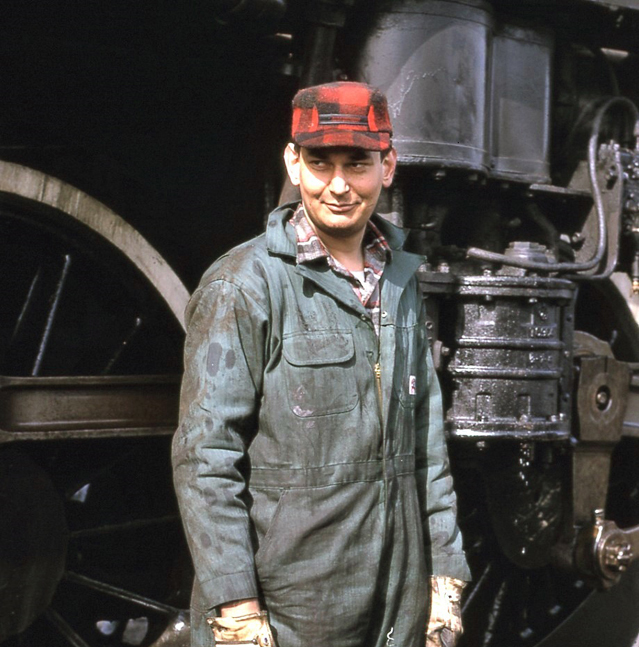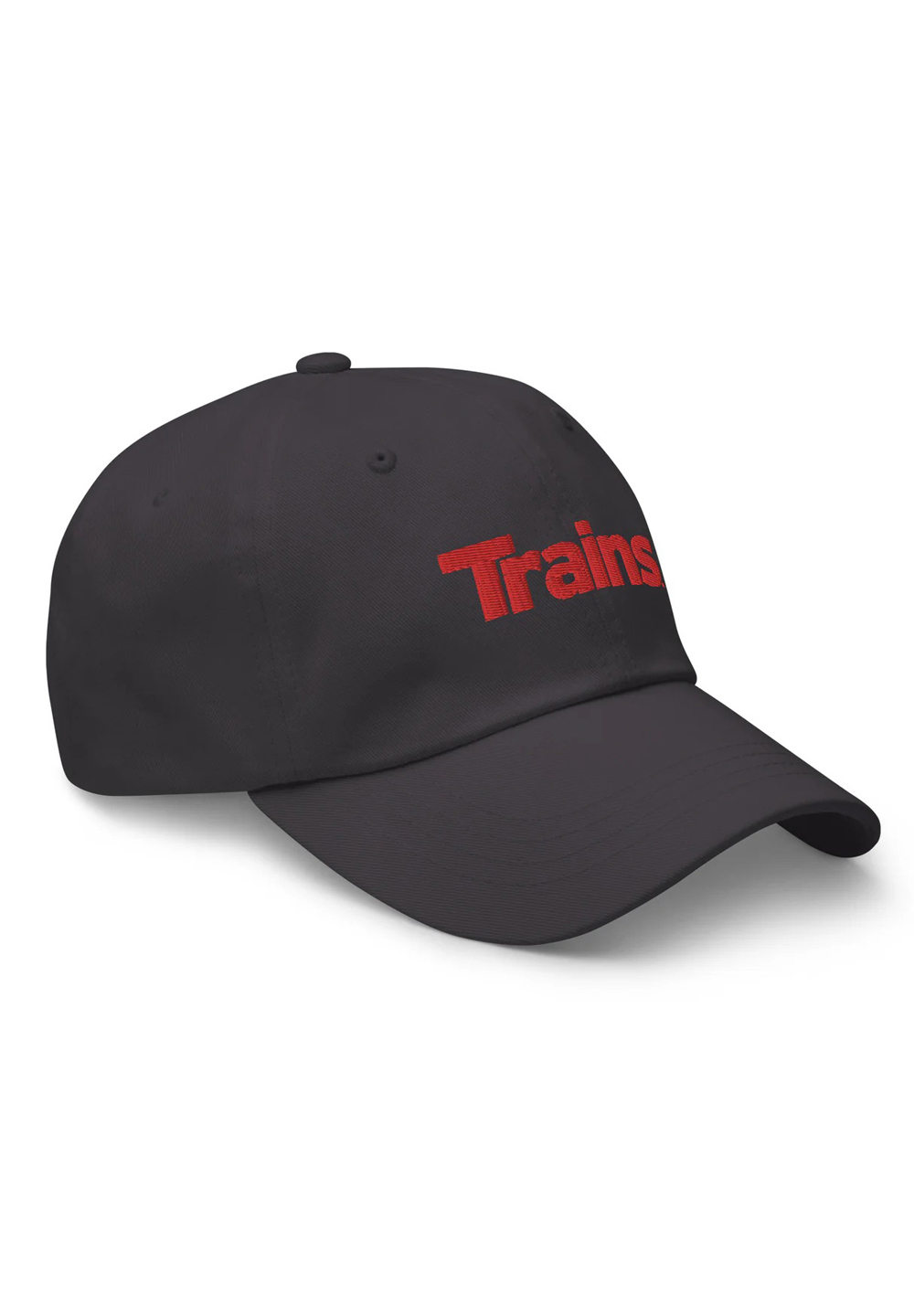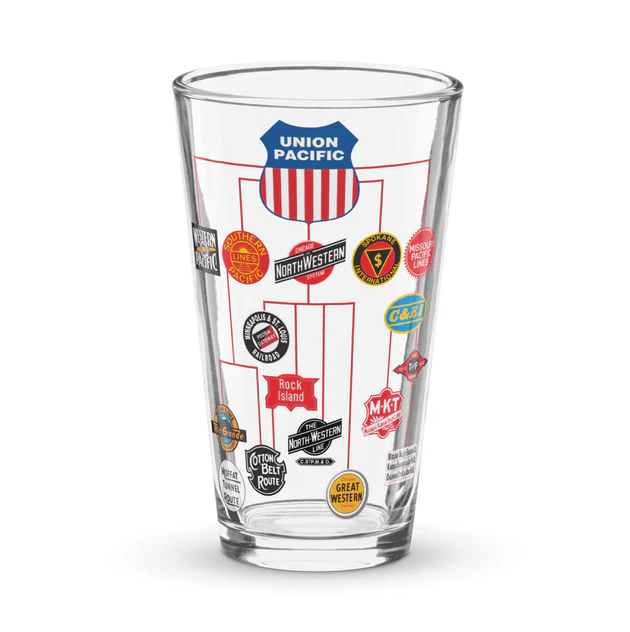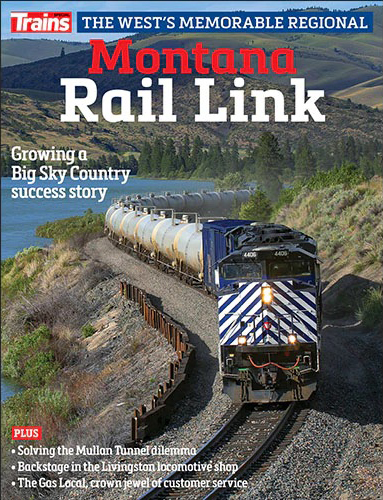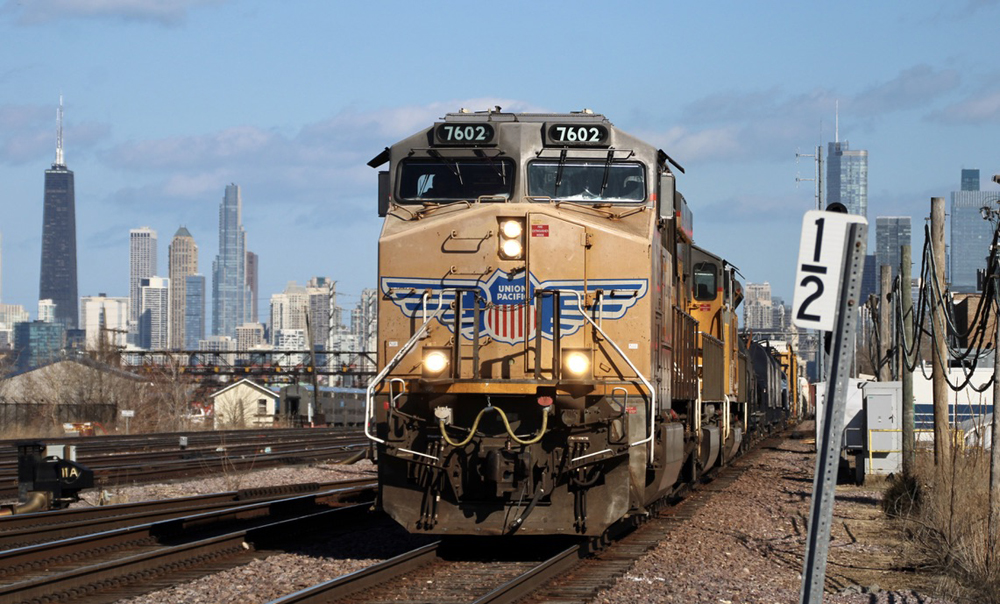
OMAHA, Neb. — Union Pacific reported flat quarterly earnings today (April 24, 2025) as a decline in fuel surcharge revenue offset record freight revenue that flowed from industry-leading volume growth.
“We had a solid start to the year … we delivered record first quarter operating performance,” CEO Jim Vena told investors and analysts on the railroad’s earnings call. “Further, we had the strongest carload growth of the Class I’s as we worked closely with our customers to meet their needs in an uncertain environment.”
UP’s operating income and revenue were flat, at $2.4 billion and $6 billion respectively. Earnings per share increased by a penny, to $2.70. The lower fuel surcharge revenue, combined with the impact of 2024 being a leap year, was a 19% drag on earnings per share. The railroad’s operating ratio held steady at 60.7%.
Overall volume increased 7% thanks largely to continued international and domestic intermodal growth.
UP’s premium segment — which includes intermodal and automotive business — saw a 13% increase in volume due to strong West Coast imports of containerized cargo. Bulk traffic was up 1% as higher natural gas prices drove increased demand for utility coal. Strong demand for grain products, along with the opening of new processing facilities on UP, also helped boost bulk volumes. Industrial traffic declined 1% due to lower shipments of petroleum products and soda ash.
UP is closely following tariff developments and their potential to hit consumer spending, says Kenny Rocker, executive vice president of marketing and sales. The railroad has a positive outlook for grain, chemicals, plastics, and domestic intermodal traffic and a negative outlook for food and beverage, petroleum, automotive, and international intermodal. Coal is expected to remain stable in the near-term.
Despite ongoing uncertainty over trade policy and the broader economy, UP affirmed its full-year financial outlook. “As we look to the next three quarters, it is likely going to be a bumpy ride,” Chief Financial Officer Jennifer Hamann says.
But Vena said that was no reason for UP to walk back its forecast, particularly since the railroad is operating well and handles products that consumers and industries use every day.
“The easy thing would’ve been to come in this morning and just say, listen, there’s so much noise we’re pulling our guidance,” Vena says. “But we have a job to do and our job is to react to whatever’s thrown at us at Union Pacific.”
Traffic volume has continued to hold up so far in the second quarter, and Vena says trade policy will be sorted out sooner or later. “I’ve never bet against the United States economy or the United States in general,” he says. “So at the end of the day, I think we end up in a good place, whether that’s in a few weeks or whether that’s in six months.”
The railroad’s key operational metrics improved for the quarter, with record low terminal dwell contributing to a 6% increase in car miles per day. The 215 miles per day figure was a first quarter record.
UP’s intermodal service performance index dropped one point, to 94%, while the manifest service performance index improved 6 points, to 93%.
“We are turning our customers’ assets faster, a win-win as we support their growth initiatives while simultaneously generating future growth capacity within our terminals,” says Eric Gehringer, executive vice president of operations.
“Our buffer of resources coupled with improved fluidity … continues to translate into a very high level of service for our customers,” Gehringer says. “And customers are seeing the benefit, rewarding Union Pacific with new business.”
The railroad’s injury and train accident rates improved compared to the three-year rolling average, with the injury rate tying a first quarter record set in 2016.






